In the Mirror of the Wonder of Luca Giordano project
In this pioneering study Perla Gianni Falvo used digital technology to reproduce the entire ceiling of the Luca Giordano Gallery on the floor beneath it so that subjects could “walk” on the masterpiece and experience it in a depth of detail usually available only to restorers and art professionals. The physical and emotional reactions of the participants –pulse rate, respiration, muscle tension, blood pressure, brain map, a host of physical parameters– were monitored by wireless technology worn by the subjects, who were also evaluated in qualitative studies before and after the viewing experience.
Visitors participating in the study received an introduction that included panels, videos, multi-language brochures, maps, and descriptions of the itinerary aimed at elucidating both the historical and aesthetic aspects of the work and the goals and methods of the project. The hard data of their psychological and emotional involvement with the painting, modulated with the latest findings in cognitive science –including the discovery of mirror neurons and studies in emotional intelligence– enabled Gianni Falvo’s interdisciplinary team to elaborate parameters for future research and offered immediate suggestions for the design of virtual and real museum layouts.
Participants in the experiment were asked to provide feedback in two ways: qualitative and quantitative.
For the qualitative aspect they were interviewed about their lifestyle (e.g., sex, weight, age, love of art, regular sports activities and other parameters useful in analysis of the data). After the experience the visitors participated in a brief workshop where they engaged in creative writing and drawing relating to the experience they had just been through. (The writing stressed narrative, emotional, and conceptual content rather than lexical and syntactical form.)
The quantitative aspect gauged their emotional reaction to the experience by recording and analysing their physical responses. Medical equipment fitted on the participants before they entered the gallery monitored their heart rate, breathing, oxygen consumption, blood pressure and brain responses. The data collected enabled the interdisciplinary team to elaborate a framework of benchmarks parameters for future research and offered suggestions for the design of virtual and real museum layout.
WATCH A SHORT FILM simulating THE SUBJECTIVE ITINERARY OF A visitor
The pictorial cycle on the ceiling, reproduced on the floor, offers visitors direct physical contact with the work as well as the opportunity to comprehend a series of images that at first glance is dizzying and overwhelming in its magnificence.This project places visitors “inside” the work where they are stimulated to explore the various narrative themes depicted in the painting and to admire the detail of the brushstrokes. Enhanced by specially-composed background music, the effect is amazingly evocative and fosters a unique opportunity for insight.
amplified perception
Visitors are able to “walk on” and “stay in” the painting reproduced on the floor and experience life-size physical contact with the artwork. This adds a different dynamic to the relationship between visitor and work that tends to amplify, rather than replace, perception of the superb painting on the ceiling. Visitors are inspired to explore the painting’s various fascinating narrative themes as they relate to their own lives while they appreciate the extraordinary pictorial quality, enjoying the entire work from every possible viewpoint.

